Creating an ideal habitat for your pet snake is one of the most important responsibilities of reptile ownership. A properly designed enclosure not only ensures your snake’s physical health but also promotes natural behaviors and reduces stress. Whether you’re a first-time snake owner or looking to upgrade your current setup, this comprehensive guide will walk you through everything you need to know about creating the perfect snake habitat. From selecting the right size enclosure to maintaining proper humidity levels, we’ll cover all the essential elements that contribute to a thriving snake environment. With thoughtful planning and the right knowledge, you can create a beautiful, functional space where your scaly friend will flourish for years to come.
Choosing the Right Enclosure Size
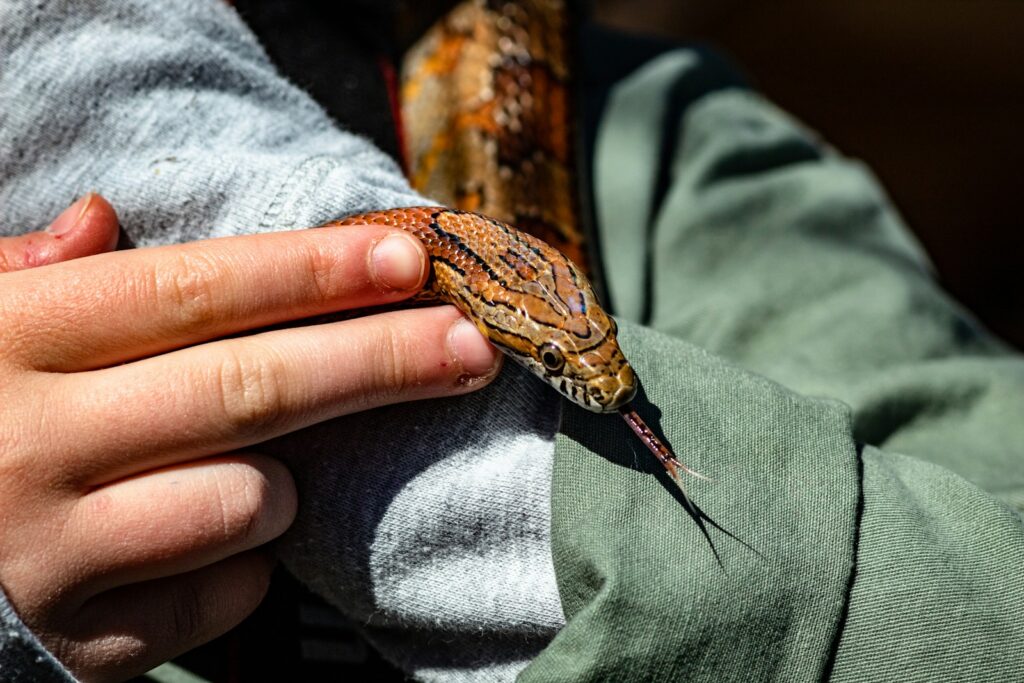
The size of your snake’s enclosure is perhaps the most fundamental consideration, as insufficient space can lead to stress, poor muscle tone, and stunted growth. As a general rule, the length of the enclosure should be at least two-thirds the total length of your adult snake, with width and height dimensions that allow for comfortable movement and climbing when appropriate. For example, a ball python reaching 4-5 feet at maturity would require a minimum enclosure size of approximately 4 feet long by 2 feet wide. Remember that many snake species continue growing throughout their lives, so planning for an adult-sized enclosure from the beginning can save you money in the long run. Always research the specific space requirements for your particular snake species, as arboreal snakes like green tree pythons need taller enclosures while terrestrial species like corn snakes benefit from more floor space.
Selecting the Appropriate Enclosure Material
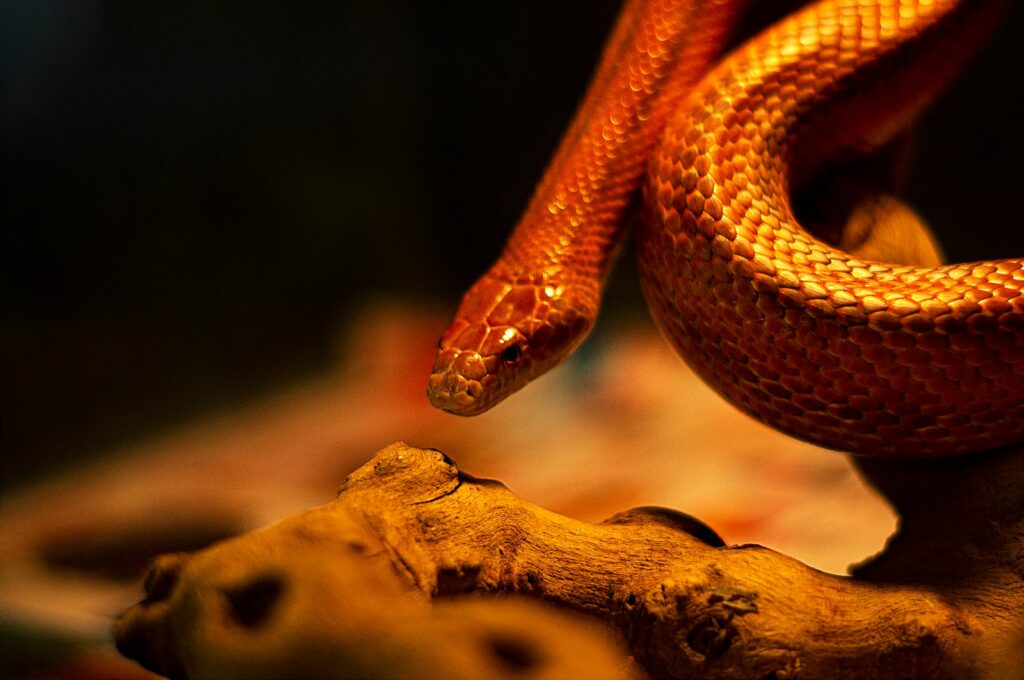
Snake enclosures come in various materials, each with distinct advantages and considerations for different species. Glass terrariums offer excellent visibility and heat retention, but can be heavy and difficult to maintain humidity in arid environments. PVC enclosures have become increasingly popular due to their lightweight construction, superior insulation properties, and ability to maintain consistent temperatures and humidity levels. Wooden vivariums provide excellent insulation and a natural aesthetic but must be properly sealed to prevent moisture damage and bacterial growth. Plastic tubs are an economical option for beginning snake keepers or for quarantine situations, though they sacrifice visibility and sometimes aesthetic appeal. The ideal material choice depends on your snake’s species-specific requirements, your budget, and where you plan to place the enclosure in your home.
Creating the Perfect Temperature Gradient

Snakes are ectothermic animals that rely on environmental temperatures to regulate their bodily functions, making a proper temperature gradient essential for their health. Every snake enclosure should feature a warm side and a cool side, allowing the animal to thermoregulate by moving between different temperature zones. The warm side, often created using an under-tank heater or ceramic heat emitter, should reach the species-specific basking temperature, typically between 85-95°F (29-35°C) for many common pet snakes. The cool side should maintain a temperature approximately 10-15°F cooler to provide a necessary retreat from heat. Always monitor temperatures using at least two thermometers placed at both ends of the enclosure, and use thermostats to regulate heating elements and prevent dangerous temperature fluctuations that could lead to burns or hypothermia.
Maintaining Proper Humidity Levels
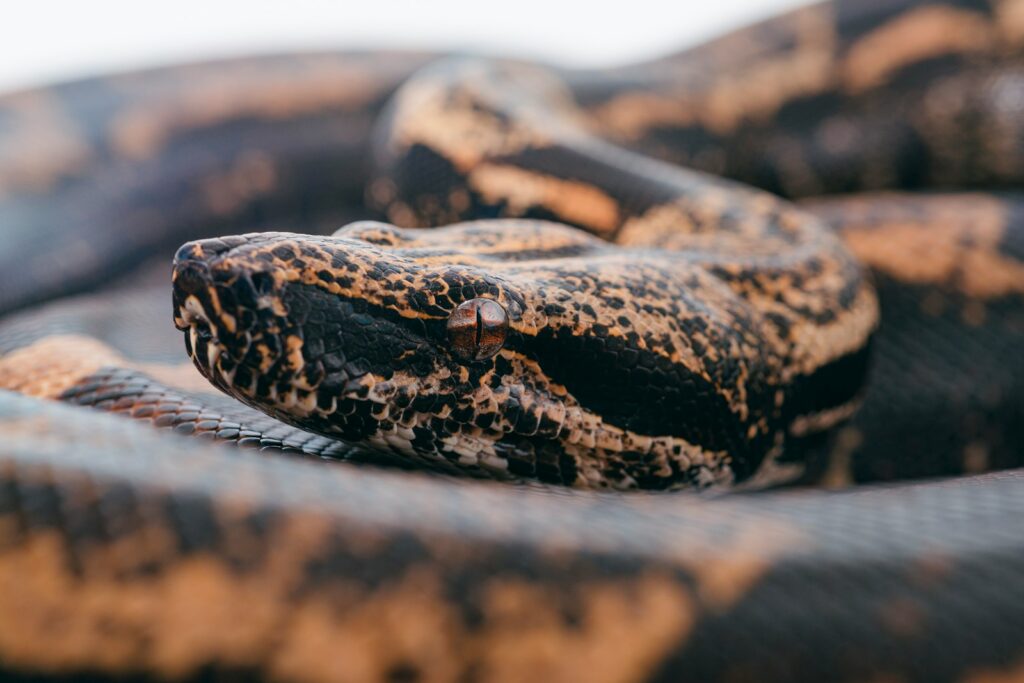
Humidity is a critical yet often overlooked aspect of snake husbandry that directly impacts shedding, respiratory health, and overall well-being. Tropical species like ball pythons and rainbow boas require higher humidity levels (60-80%) to prevent difficult sheds and respiratory infections. Desert-dwelling species such as corn snakes and hognose snakes thrive in moderately dry environments (40-50% humidity) with temporary increases during shedding periods. Monitoring humidity is best accomplished with a reliable digital hygrometer placed in the middle of the enclosure. Methods for increasing humidity include larger water bowls, limited ventilation, moisture-retaining substrates like cypress mulch or coconut husk, and periodic misting with room-temperature water. Conversely, increasing ventilation and using drier substrates like aspen bedding can help reduce excessive humidity for desert species.
Choosing the Right Substrate
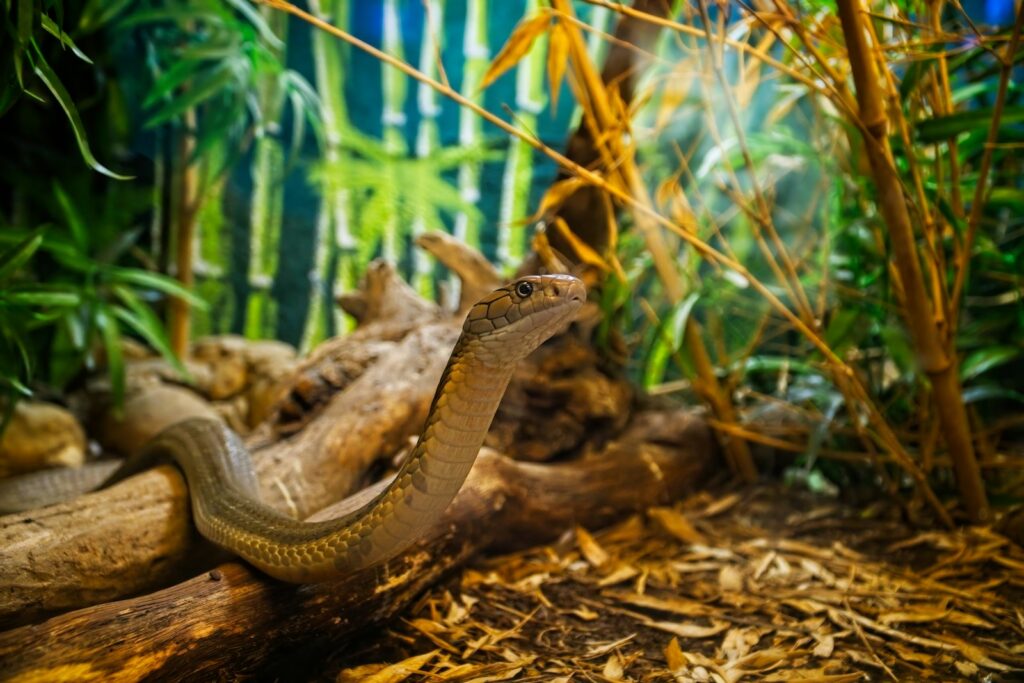
Substrate selection significantly impacts both the functionality of your snake’s enclosure and its natural behavior patterns. Cypress mulch and coconut-based substrates like coco fiber excel at humidity retention, making them ideal for tropical species or snakes with higher moisture requirements. Aspen bedding provides excellent burrowing opportunities but molds quickly when wet, making it better suited for arid-environment species. Paper-based substrates like newspaper or paper towels offer easy cleaning and monitoring for illness, making them perfect for quarantine situations or snakes recovering from health issues. Avoid pine and cedar substrates entirely, as they contain aromatic oils that can cause respiratory damage to reptiles. The substrate depth should allow for natural burrowing behaviors, typically 2-4 inches for most terrestrial species, while being replaced or spot-cleaned regularly to prevent bacterial and fungal growth.
Essential Hiding Spots

Providing adequate hiding places is fundamental to reducing stress and promoting natural behaviors in captive snakes. At minimum, every snake enclosure should contain two secure hides—one on the warm side and one on the cool side—allowing your pet to conceal itself while still being able to thermoregulate effectively. The ideal hide should be snug but not cramped, with an entrance just large enough for the snake to enter comfortably while remaining dark and enclosed on all other sides. Commercial options include resin rock caves, half logs, and specially designed reptile hides, though homemade alternatives like modified plastic containers with entrance holes work equally well. For species with specialized hiding preferences, like burrowing snakes, adding extra substrate depth or cork bark pieces provides additional security options. Remember that a snake that consistently exposes itself rather than utilizing hides may be experiencing temperature issues or feeling insecure in its environment.
Water Sources and Hydration
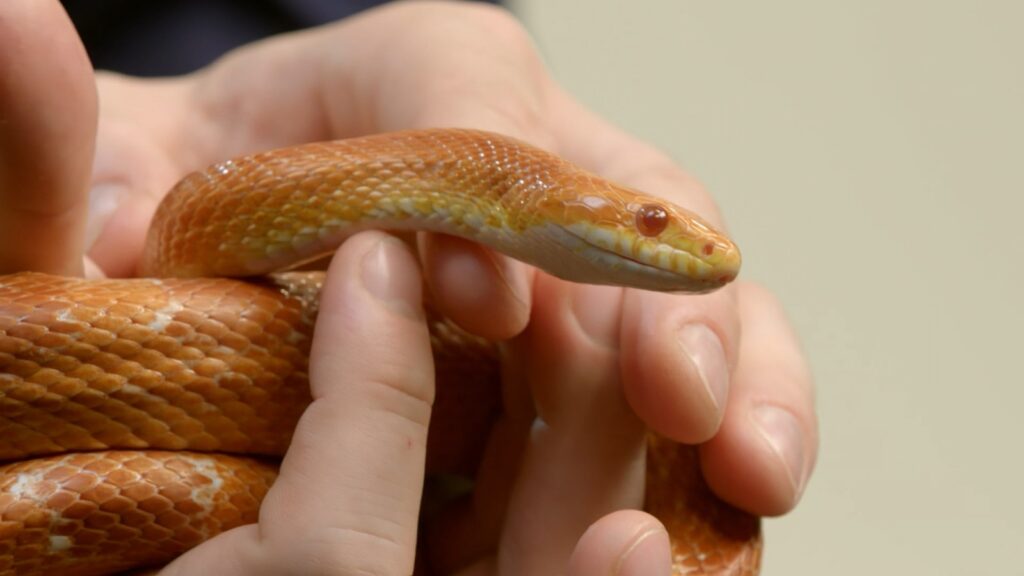
A clean, appropriately sized water dish is essential for all snake species, serving multiple purposes beyond simple hydration. The water bowl should be heavy enough to prevent tipping when the snake moves through it and large enough for the snake to soak its entire body if desired, particularly important during shedding periods. Position the water dish on the cooler side of the enclosure to minimize evaporation and avoid raising humidity to inappropriate levels for desert species. Fresh, dechlorinated water should be provided daily, with the bowl being thoroughly disinfected weekly to prevent bacterial growth. For arboreal species that rarely descend to ground level, misting the enclosure regularly ensures adequate hydration as they absorb moisture from their scales and environment. Some keepers of larger snake species opt for submersible water heaters to maintain slightly warm water, which may encourage more regular drinking.
Climbing Opportunities and Enrichment
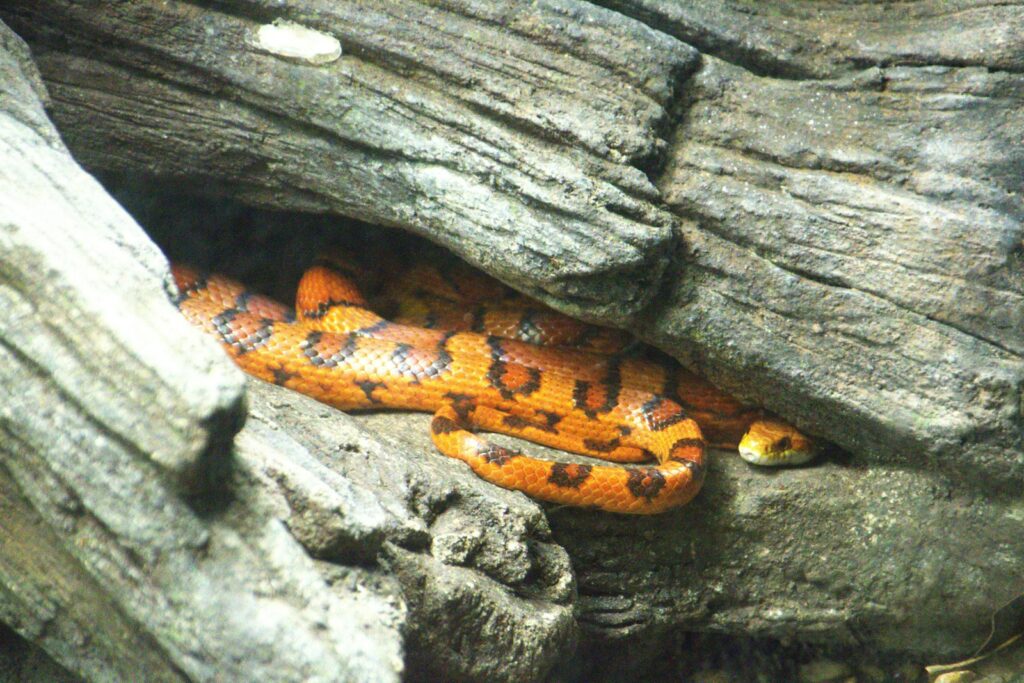
Environmental enrichment through climbing structures and varied terrain is vital for psychological well-being, particularly for semi-arboreal and arboreal snake species. Secure branches, commercially available reptile vines, or PVC pipes provide climbing and exploration opportunities that stimulate natural behaviors and improve muscle tone. Even predominantly terrestrial species benefit from low climbing features that create a three-dimensional environment with varied elevations. All climbing structures must be securely anchored to prevent collapse, which could potentially injure your snake or damage heating elements. When selecting branches from outdoors, choose hardwoods like oak or maple, and thoroughly clean and sanitize them by baking at 250°F (121°C) for 30-60 minutes to eliminate potential parasites or pathogens. Rearranging these elements occasionally, while maintaining consistent hide and temperature gradient locations, can provide mental stimulation and prevent behavioral stagnation in captivity.
Proper Lighting Requirements
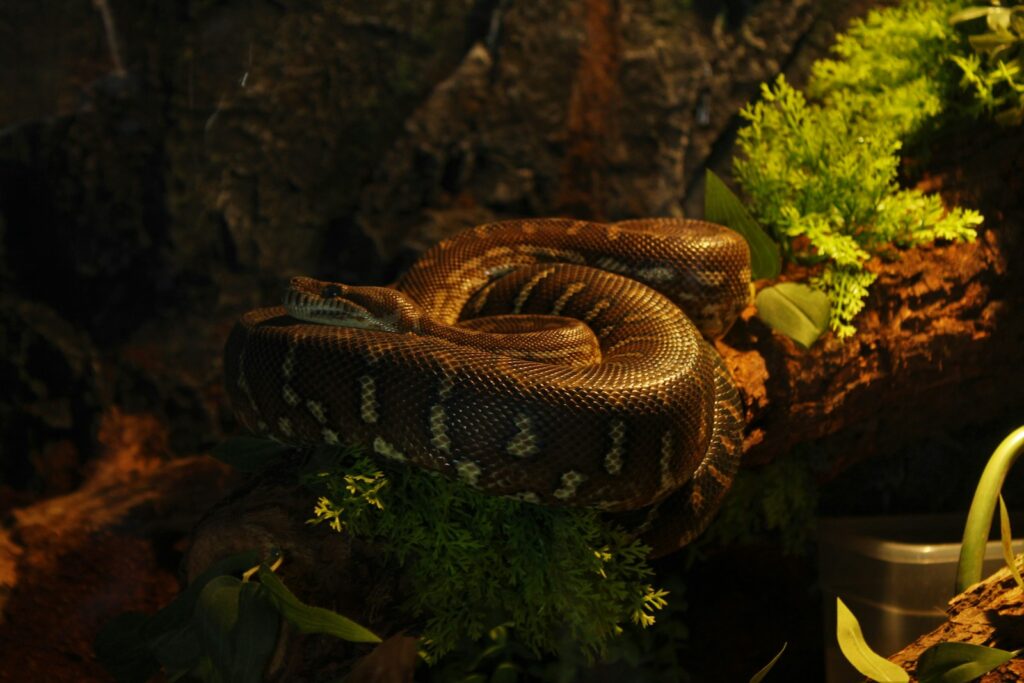
Lighting considerations for snake enclosures encompass both photoperiod regulation and potential UVB requirements. While snakes don’t require UVB lighting to synthesize vitamin D3 as many lizards do, emerging research suggests low levels of UVB exposure may benefit overall health and natural behavior patterns in some species. More universally important is maintaining a consistent day-night cycle of approximately 12 hours of light and 12 hours of darkness, which can be achieved through programmable timers connected to LED or fluorescent fixtures. Avoid using colored “night bulbs,” as these can disrupt natural circadian rhythms even when perceived as dark by human eyes. If viewing your snake during evening hours is desired, red or deep purple LED lighting causes minimal disruption to the animal’s biological clock. For enclosures in rooms with natural lighting, supplemental light sources may only be necessary during shorter winter days to maintain consistent photoperiods.
Securing the Enclosure
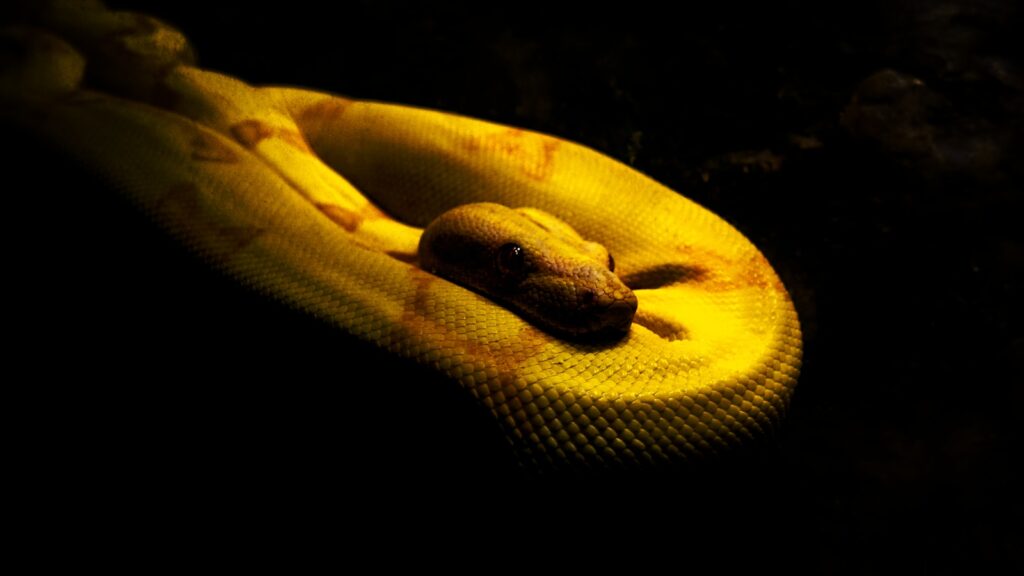
Proper enclosure security is non-negotiable when keeping snakes, as these remarkable escape artists can squeeze through surprisingly small openings and disappear for weeks or months at a time. All enclosures should feature secure, lockable lids or doors that prevent both escape and unauthorized access, particularly important in households with children or other pets. Clamps, locks, or heavy objects securing screen tops are essential additions to traditional aquarium setups. Inspect the enclosure regularly for potential escape routes, paying special attention to gaps around doors, cable entry points, and ventilation areas. Consider the strength of your particular snake species—larger constrictors may require more robust security measures than smaller colubrids. Remember that an escaped snake is at significant risk of injury, exposure to toxins, or predation, making proper enclosure security a critical aspect of responsible keeping.
Setting Up Proper Ventilation
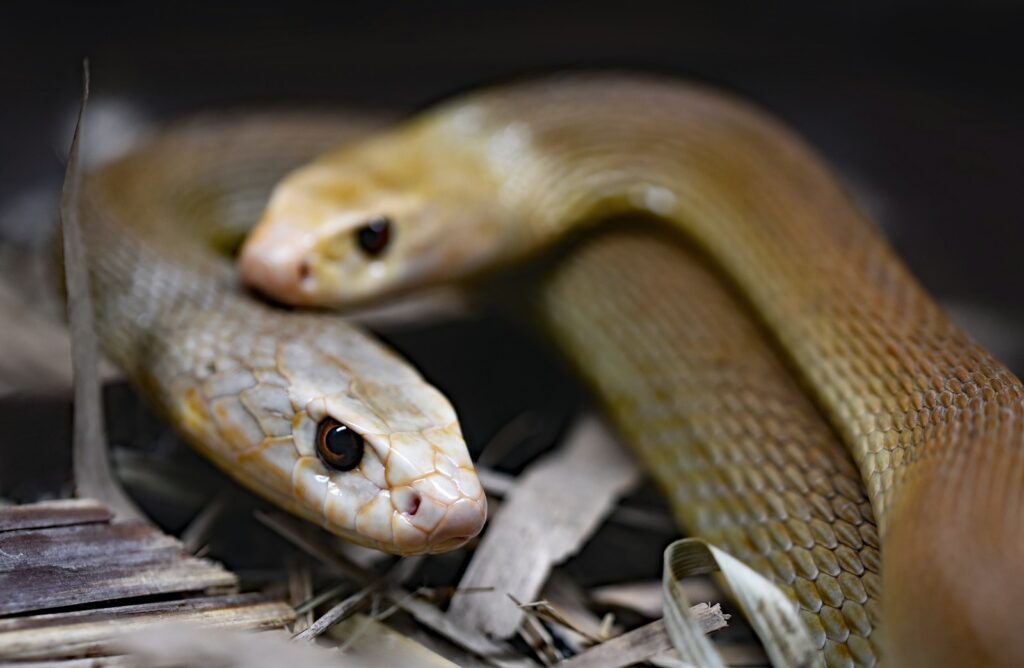
Balanced ventilation is crucial for preventing respiratory issues while maintaining appropriate humidity levels in snake enclosures. Excessive ventilation can make maintaining humidity difficult for tropical species, while insufficient airflow promotes stagnant conditions conducive to bacterial growth and respiratory infections. Most commercial enclosures feature integrated ventilation panels, typically along the sides or top of the habitat. For homemade enclosures or plastic tubs, carefully drilled holes or installed mesh panels can provide necessary air exchange. The ventilation should create subtle air movement without causing noticeable drafts that could stress your snake or create cold spots in the temperature gradient. Position ventilation openings strategically—higher placements allow warm, humid air to remain lower in the enclosure where the snake spends most of its time. For species with specialized humidity requirements, adjustable vents or partially covered mesh tops offer flexibility in controlling air exchange rates.
Enclosure Placement in Your Home
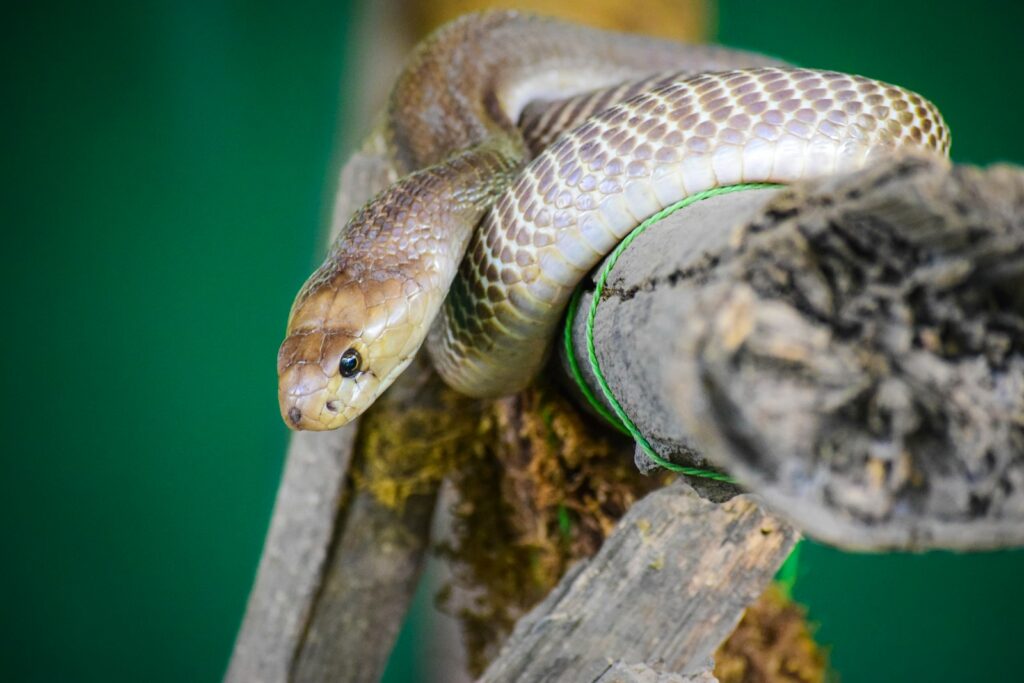
The location of your snake’s enclosure within your home significantly impacts both the animal’s well-being and your ability to maintain proper environmental conditions. Avoid placing enclosures near windows with direct sunlight, which can create dangerous temperature spikes even in controlled environments. Similarly, external walls, drafty areas, air conditioning vents, or heating registers can cause temperature fluctuations that stress your snake and complicate thermoregulation. The ideal location maintains a relatively stable ambient temperature between 70-75°F (21-24°C), provides a relatively quiet environment away from high-traffic areas, and allows easy access for maintenance and observation. Consider the structural support needed for larger, heavier enclosures—a 4-foot PVC enclosure with substrate can weigh over 100 pounds. Additionally, proximity to electrical outlets is essential for heating elements, lighting, and other equipment, while avoiding areas susceptible to water damage from potential spills during maintenance.
Cleaning and Maintenance Routines
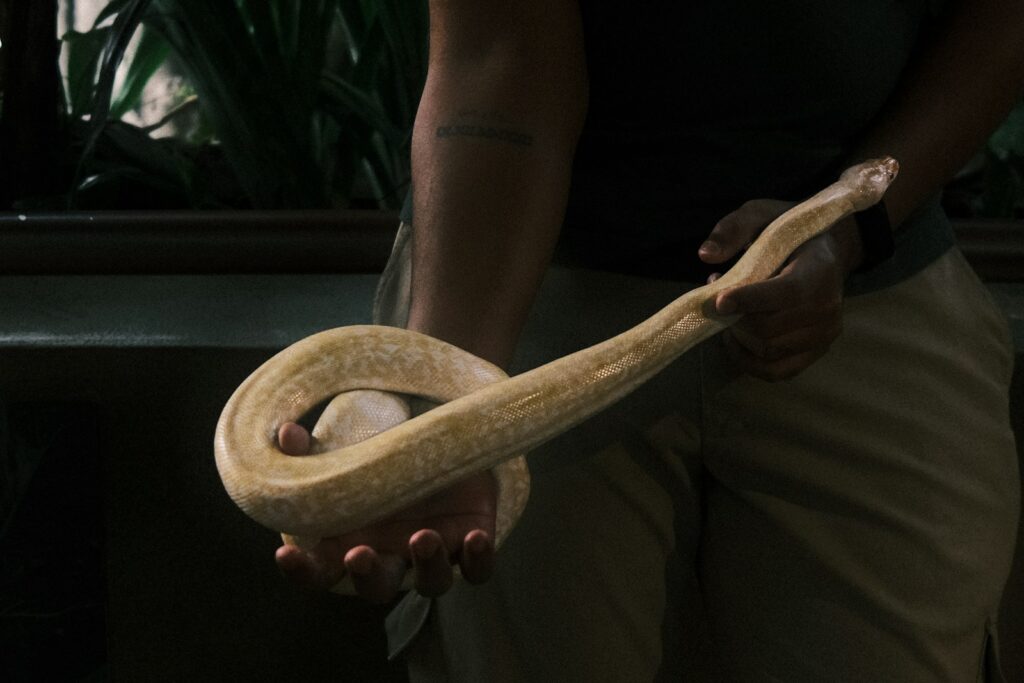
Establishing a consistent cleaning routine prevents disease, parasites, and odor issues while extending the lifespan of your enclosure components. Daily maintenance should include spot-cleaning any waste or soiled substrate, refreshing water, and a quick visual inspection of heating elements and thermometer readings. Weekly tasks typically involve more thorough substrate spot-cleaning, disinfecting water dishes, and wiping down glass or acrylic surfaces with reptile-safe cleaners. Every 1-3 months, depending on enclosure size and snake species, perform a complete substrate change and deep cleaning of all décor, hides, and interior surfaces using a reptile-safe disinfectant such as a properly diluted chlorhexidine solution or specialized reptile habitat cleaner. Always rinse disinfected items thoroughly and allow them to dry completely before returning them to the enclosure. During deep cleanings, temporarily house your snake in a secure container with appropriate heating and hiding options to prevent escape or stress while maintenance is performed.
Monitoring Equipment and Safety Features

Reliable monitoring equipment forms the foundation of proper environmental control in snake enclosures. Digital thermometers and hygrometers should be placed at both the warm and cool ends of the enclosure, with probe-style devices offering more accurate readings than adhesive LCD units. Thermostats are absolutely essential safety devices that prevent dangerous temperature spikes from unregulated heating elements, potentially saving your snake’s life. Basic proportional thermostats maintain temperatures within a few degrees of the set point, while more advanced models offer programmable day/night temperature cycles and precision control. Consider installing a wireless temperature monitoring system that alerts your phone when temperatures exceed safe parameters, particularly valuable for expensive morphs or during power outages. Never use heat rocks or unregulated heating pads, which have caused countless thermal burns in captive reptiles. Fire safety should also be considered—keep all electrical connections elevated above substrate level, use surge protectors, and check wiring regularly for signs of wear or damage.
Creating the perfect snake enclosure requires thoughtful planning and attention to detail, but the reward is a thriving, healthy pet displaying natural behaviors in a secure environment. Remember that each snake species has unique requirements, and what works perfectly for one may be inappropriate for another. Take time to research your specific species’ needs, and don’t hesitate to make adjustments based on your snake’s behavior and condition. A proper enclosure is an investment in your pet’s health and longevity, potentially providing a comfortable home for a decade or more, depending on the species. By carefully considering each aspect covered in this guide—from appropriate sizing and temperature gradients to enrichment opportunities and maintenance routines—you’ll create a habitat where your scaly companion can flourish for years to come.

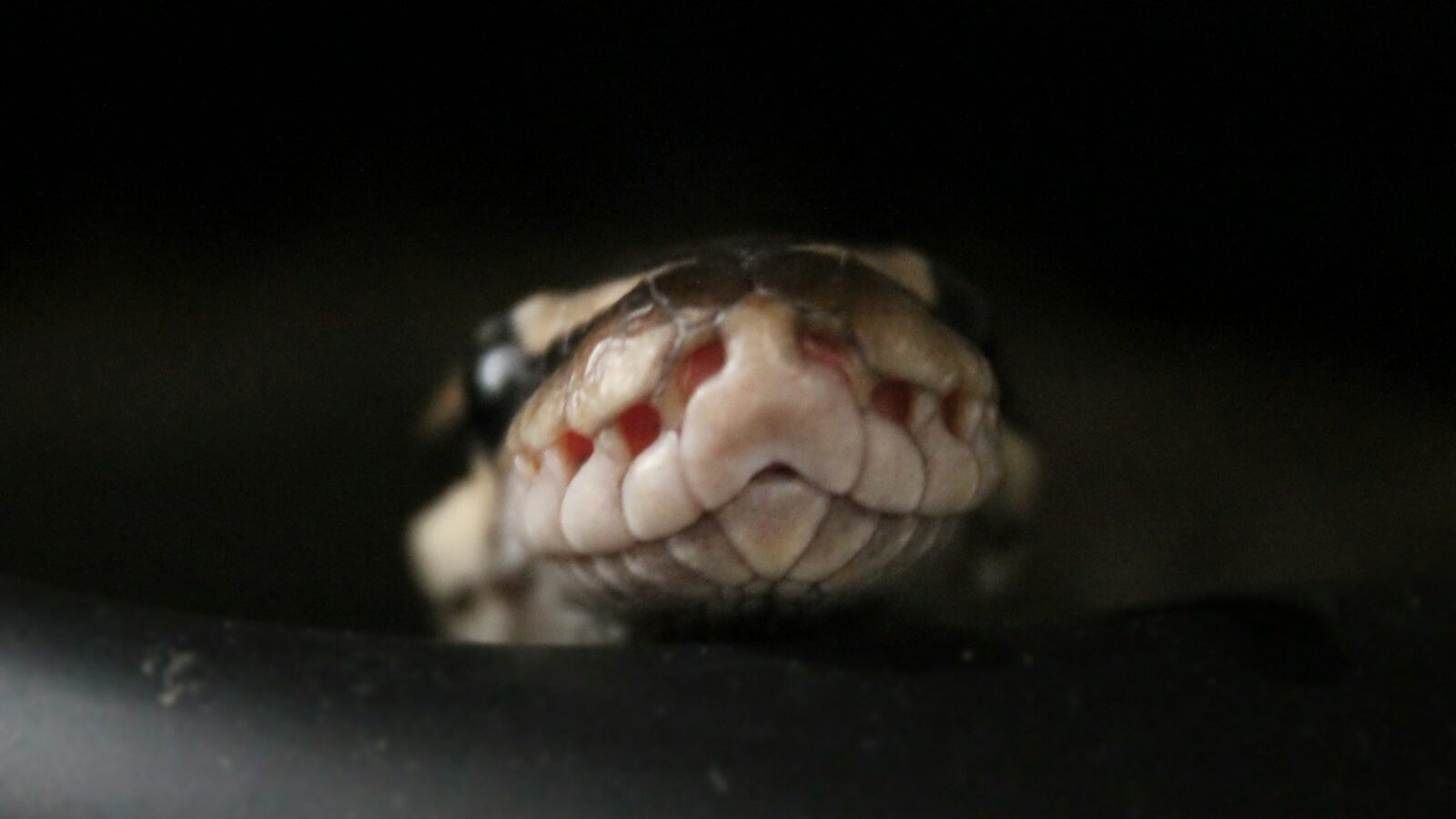
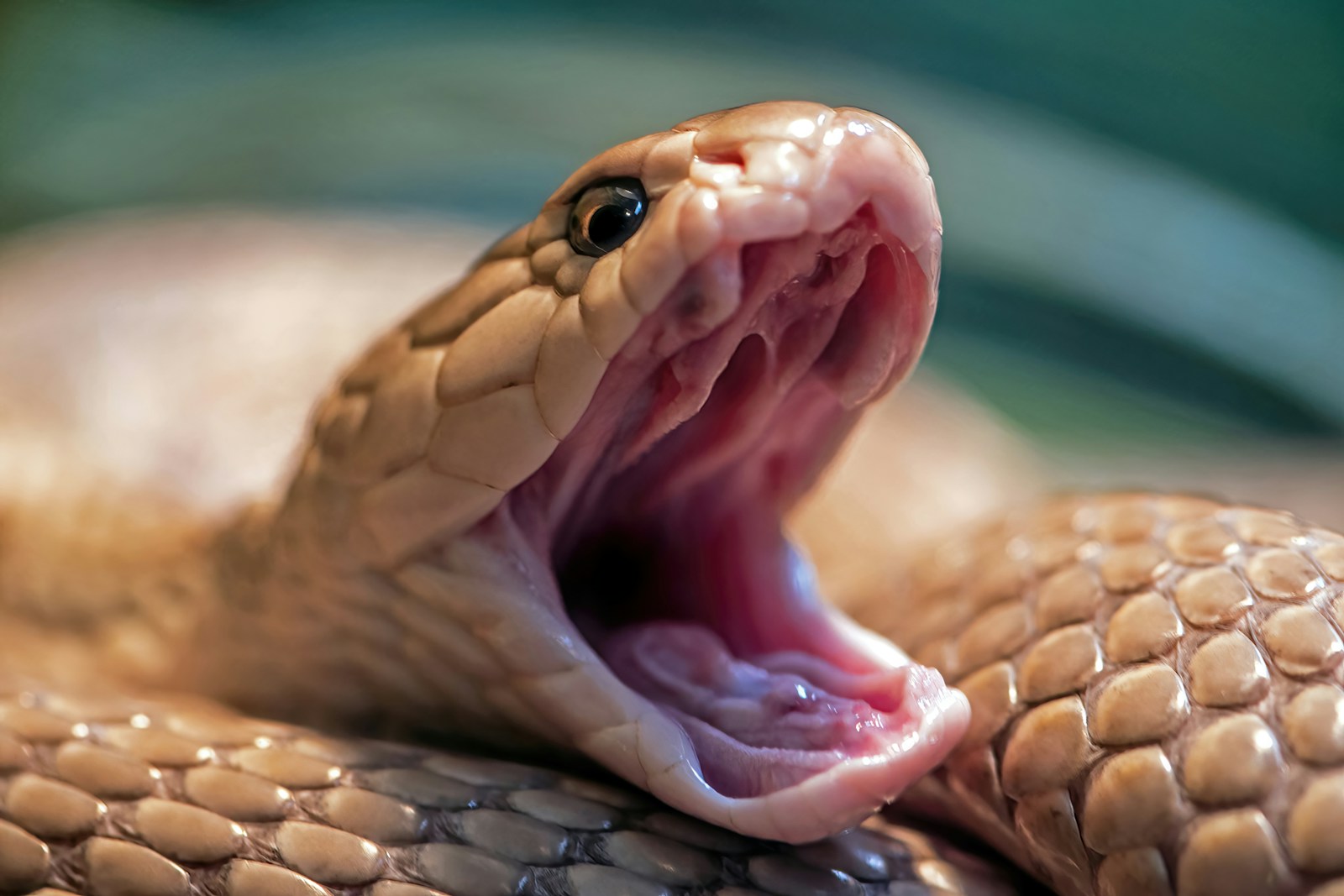

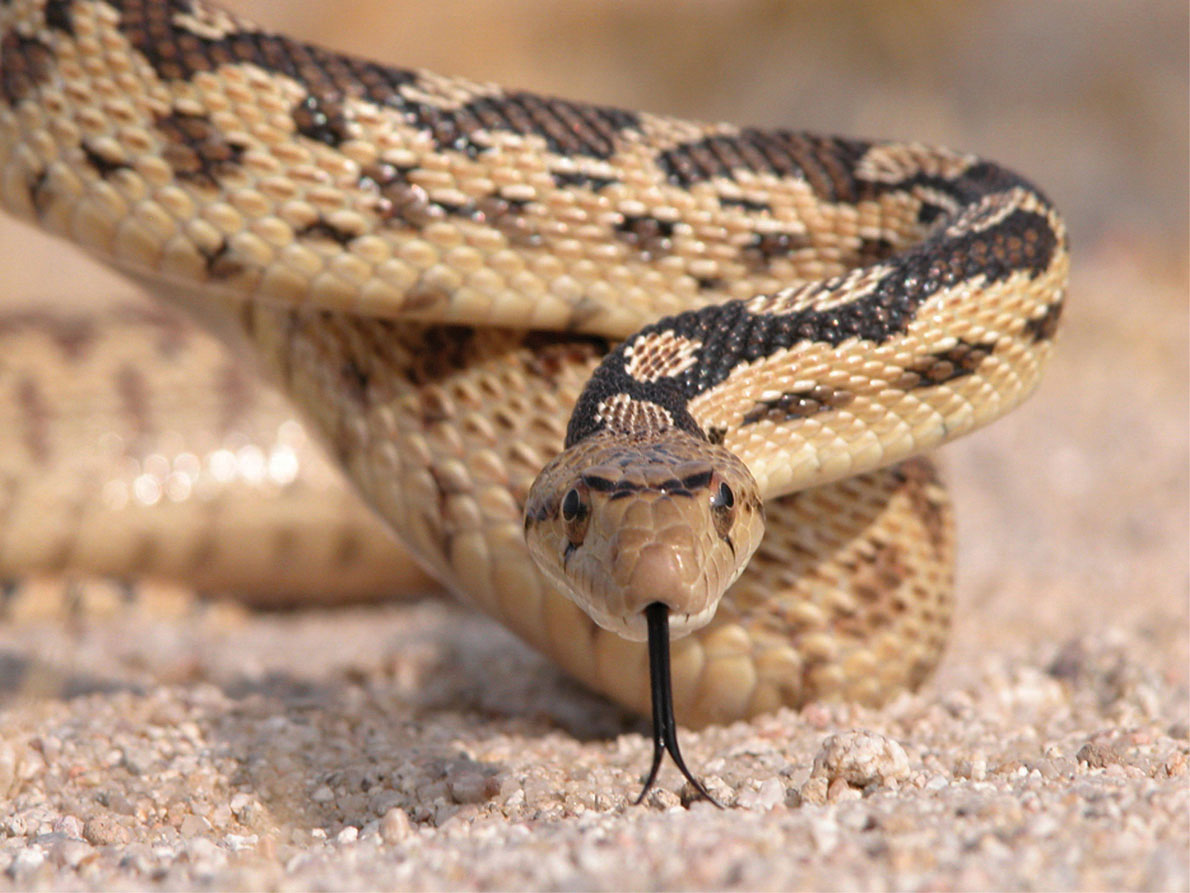
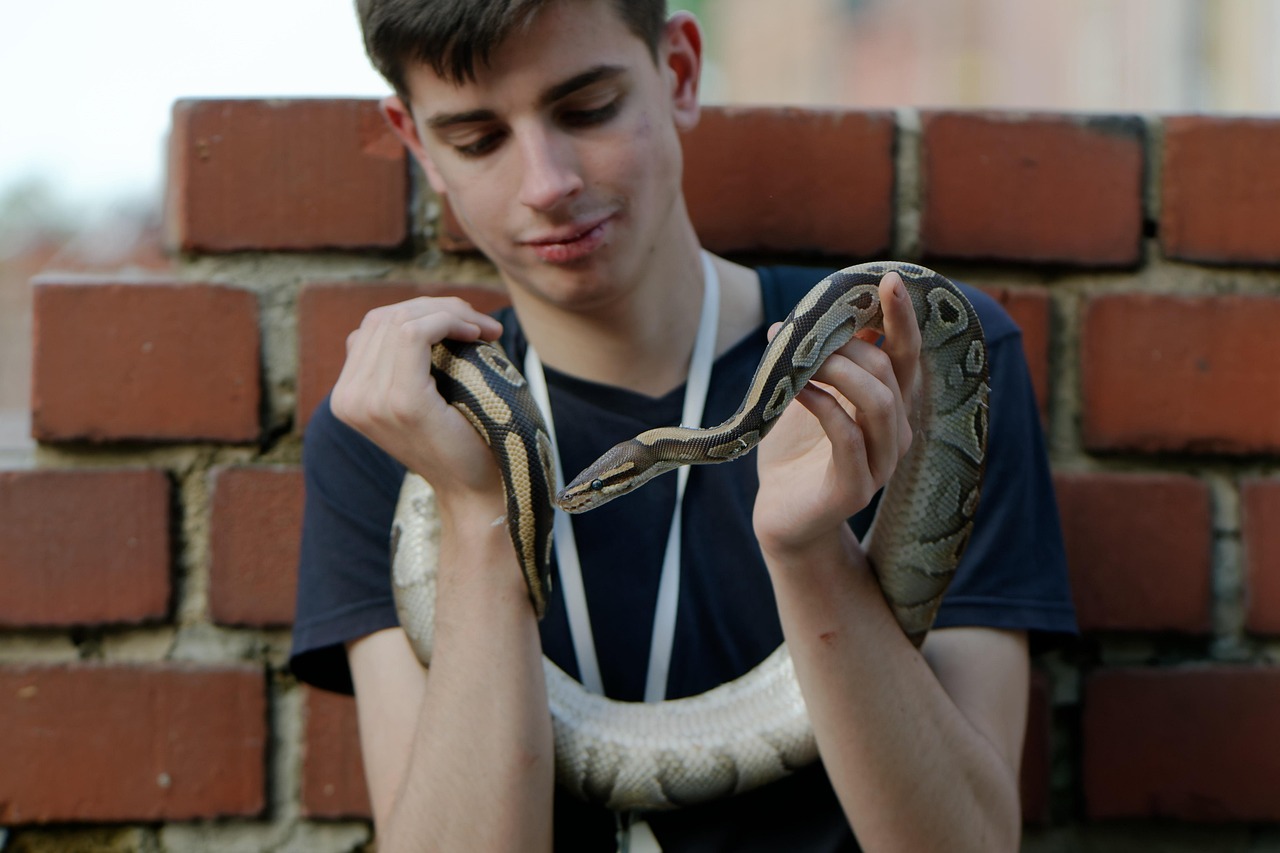
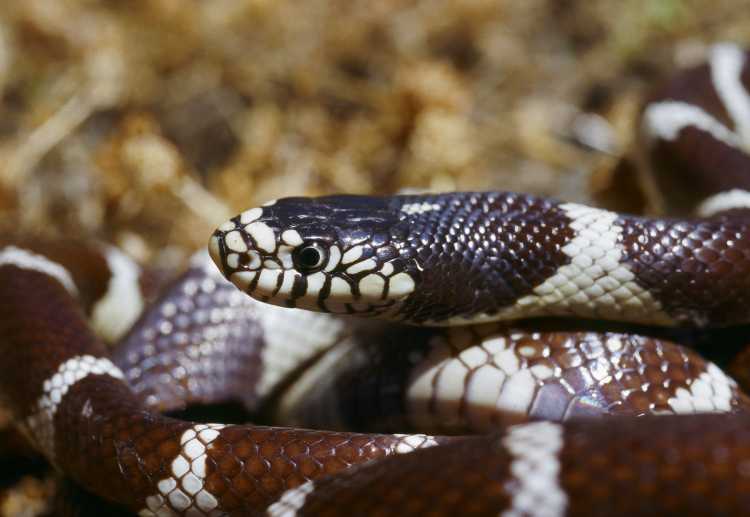
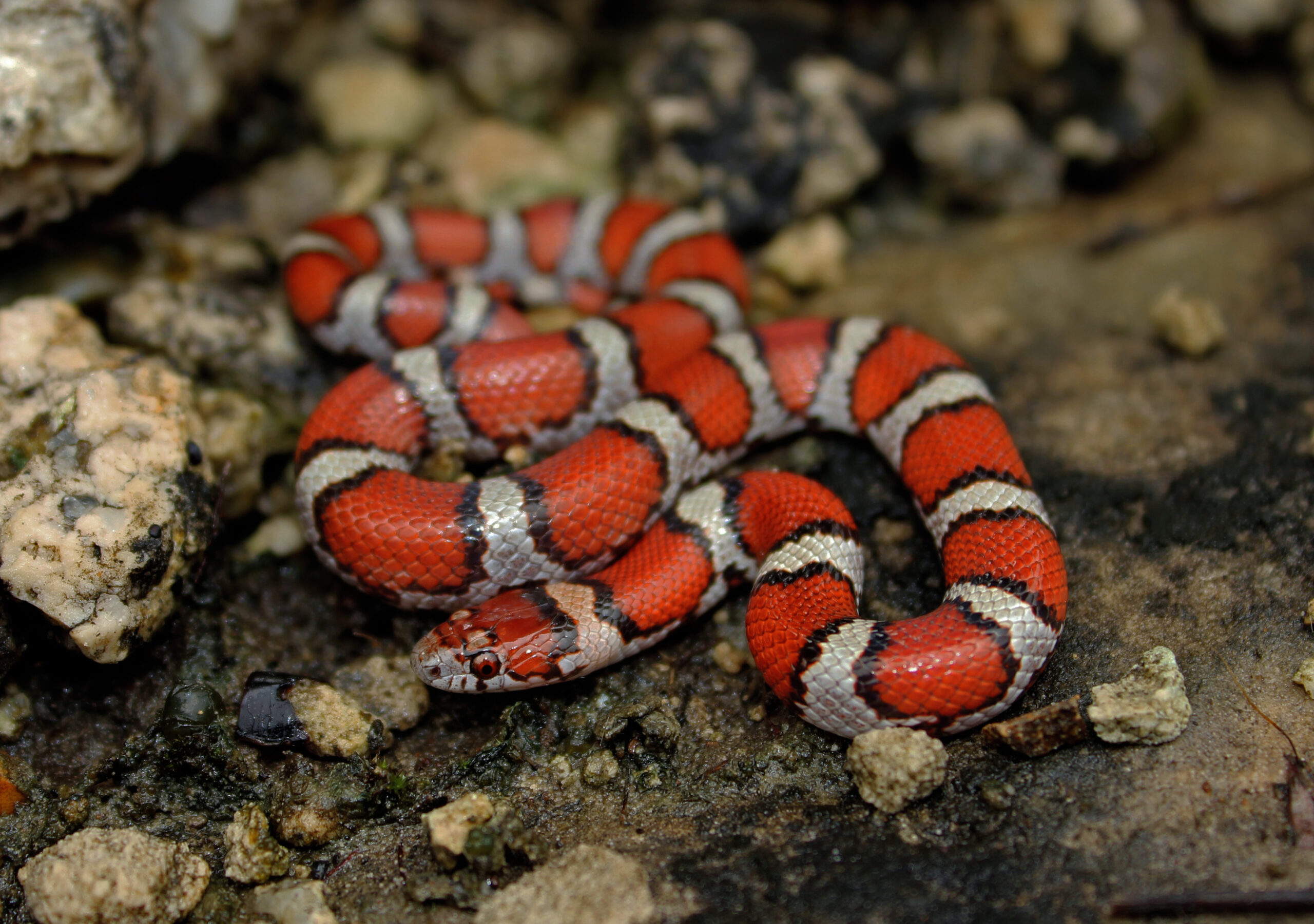








Leave a Reply